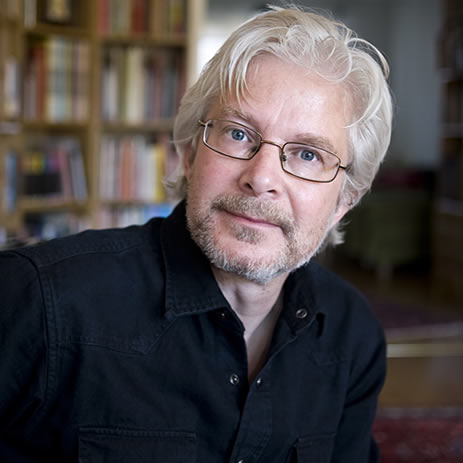The rise of antibiotic-resistant bacteria is a global threat to public health. In Europe alone, antibiotic resistance (AR) causes around 33,000 deaths each year and burdens healthcare costs by around € 1.5 billion. What then causes AR? Mainly our misuse and overuse of antibiotics. Therefore, in order to reduce AR, we must reduce the use of antibiotics.
Several factors drive the prescribing of antibiotics. Patients can contribute to increased prescriptions by expecting antibiotics when they visit the physician. Physicians, in turn, can contribute by assuming that their patients expect antibiotics.
In an article in the International Journal of Antimicrobial Agents, Mirko Ancillotti from CRB presents what might be the first study of its kind on the public’s attitude to AR when choosing between antibiotic treatments. In a so-called Discrete Choice Experiment, participants from the Swedish public were asked to choose between two treatments. The choice situation was repeated several times while five attributes of the treatments varied: (1) the treatment’s contribution to AR, (2) cost, (3) risk of side effects, (4) risk of failed treatment effect, and (5) treatment duration. In this way, one got an idea of which attributes drive the use of antibiotics. One also got an idea of how much people care about AR when choosing antibiotics, relative to other attributes of the treatments.
It turned out that all five attributes influenced the participants’ choice of treatment. It also turned out that for the majority, AR was the most important attribute. People thus care about AR and are willing to pay more to get a treatment that causes less antibiotic resistance. (Note that participants were informed that antibiotic resistance is a collective threat rather than a problem for the individual.)
Because people care about antibiotic resistance when given the opportunity to consider it, Mirko Ancillotti suggests that a path to reducing antibiotic use may be better information in healthcare and other contexts, emphasizing our individual responsibility for the collective threat. People who understand their responsibility for AR may be less pushy when they see a physician. This can also influence physicians to change their assumptions about patients’ expectations regarding antibiotics.

Written by…
Pär Segerdahl, Associate Professor at the Centre for Research Ethics & Bioethics and editor of the Ethics Blog.
M. Ancillotti, S. Eriksson, D.I. Andersson, T. Godskesen, J. Nihlén Fahlquist, J. Veldwijk, Preferences regarding antibiotic treatment and the role of antibiotic resistance: A discrete choice experiment, International Journal of Antimicrobial Agents, Volume 56, Issue 6, 2020. doi.org/10.1016/j.ijantimicag.2020.106198
Exploring preferences









